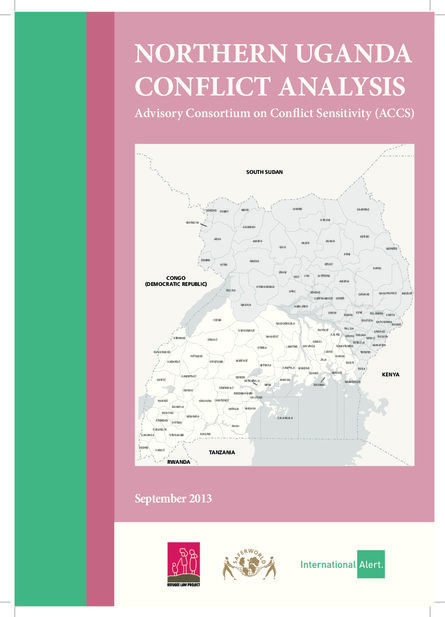
This conflict analysis reveals that many communities in northern Uganda appear to be in a state of latent conflict, with increasingly frequent manifestations of overt conflict in the form of clashes between communities and government officials (district, UWA, NFA), violent community disputes over boundaries or resources, or sexual and gender-based violence (SGBV) amongst other examples. Th e inadequately addressed legacies of the war with the Lord’s Resistance Army (LRA), fuelled by new and long-standing grievances (such as historic marginalisation) are keeping communities in a state of latent conflict where trigger events can lead to a rapid escalation of violence. The conflict drivers identified in this analysis (such as land grabbing, corruption, or competition over natural resources) are supporting this cycle and pushing communities in the North towards what many respondents believe is an inevitable return to overt conflict, whether in the form of increasing social unrest or more organised violence. As grievances grow, so does the potential for trigger events already taking place in the North to lead to greater unrest and more organised forms of violence.